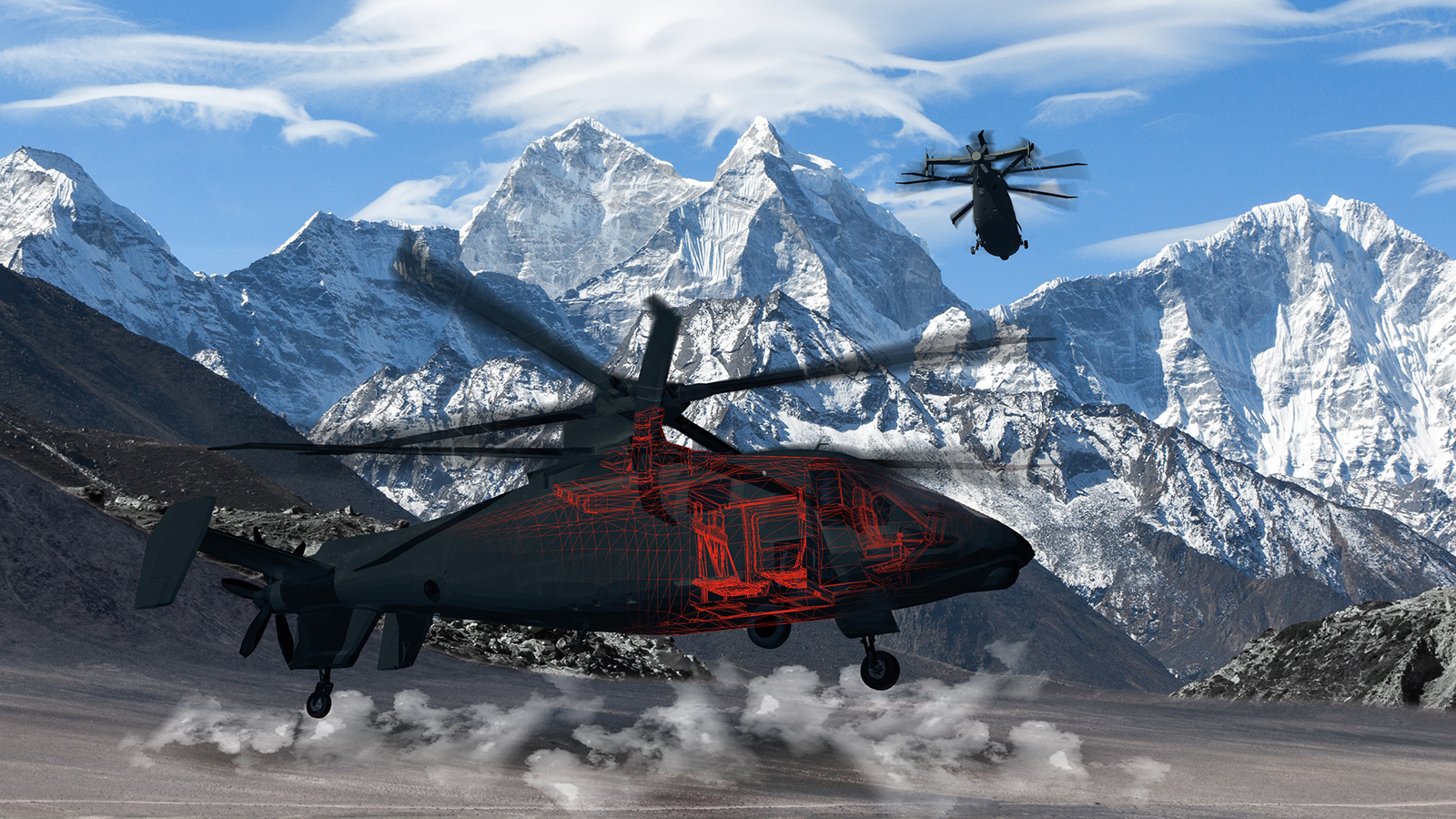Stay Up to Date
Submit your email address to receive the latest industry and Aerospace America news.
W.L. Gore & Associates, a Delaware materials company, has developed a new type of wire insulation that it says withstands chafing and electrically generated heat better than traditional wires, which could make the company’s wire products especially suitable for the coming breed of high-voltage electric aircraft.
Damage to wires can lead to electric arcing between separate wires. At minimum,this arcing could knock out electronics, or in rare worst-case scenarios, spark fires or even explosions on conventionally fueled aircraft.
The insulation for Gore’s new GWN3000 series aerospace wires — a modified form of what is commonly known as Teflon — creates a unique third category of wire, separate from the two traditional categories for aircraft, says Jim Carothers, product manager at Gore. Today, wires are coated with one of two kinds of composites: Either PTFE — short for polytetrafluoroethylene, also known as Teflon — and polyimide, or with XLETFE, which stands for cross-linked ethylene-tetrafluoroethylene. The PTFE-polyimide composite has higher tensile strength, abrasion resistance and cut-through resistance than XLETFE, while XLETFE is a better electrical insulator.
Gore says its new wire series beats PTFE and XLETFE on each of these performance measures.
Before the advent of electric aircraft, wiring typically had to accommodate 115 volts, and newer aircraft have made the jump to 270 volts. Gore’s new wires can carry up to 600 volts and operate in temperatures up to 260 degrees Celsius, Carothers says.
The stakes ahead are particularly high for all-electric advanced air mobility concepts and distributed propulsion designs, especially designs that would carry people. Twenty years ago, losing power in a wire might mean knocking out the in-flight entertainment on a passenger plane, but aboard an all-electric aircraft, such a loss could cut power from a critical item like an actuator that’s necessary for keeping the vehicle in the air, Carothers says.
“It’s like the vascular system in a body,” he says: Failure is more like a blood clot than a splinter.
To add durability for the two traditional categories of aerospace wire, wire manufacturers have resorted to increasing the thickness of the insulation, which adds size and weight to the bundles of wires contained in an aircraft. Gore’s new wire series boosts durability without adding weight, the company says. The insulation material is also chemically inert, so it won’t degrade when exposed to harsh chemicals or humidity.
Besides targeting electric aircraft, including drones, Gore is pitching its new wire series for aircraft that produce high vibration levels, such as rotorcraft that would be developed under the Pentagon’s Future Vertical Lift program.
About Keith Button
Keith has written for C4ISR Journal and Hedge Fund Alert, where he broke news of the 2007 Bear Stearns hedge fund blowup that kicked off the global credit crisis. He is based in New York.
Related Posts
Stay Up to Date
Submit your email address to receive the latest industry and Aerospace America news.




